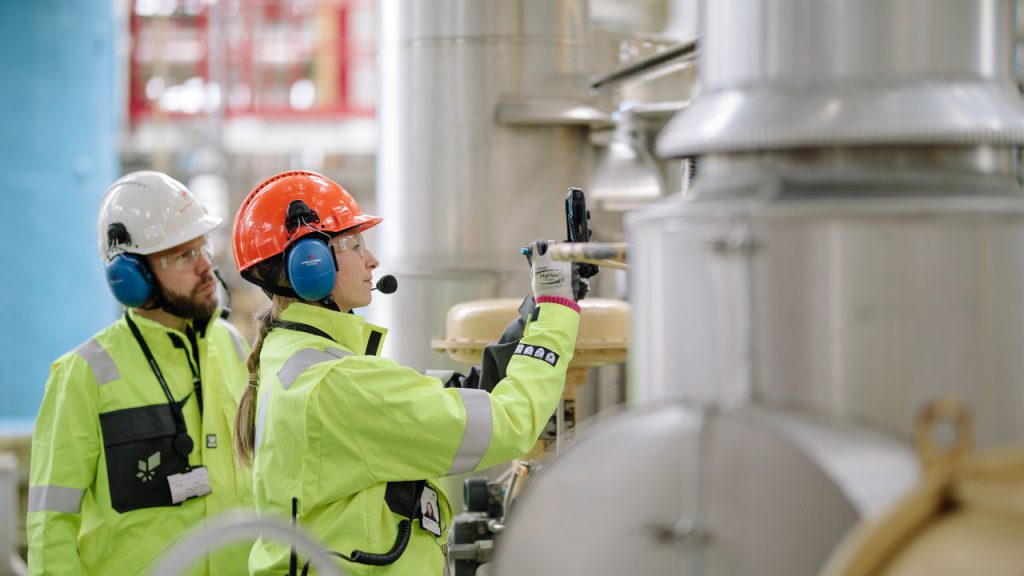Floating wind farm industry busy being born; critical metals needed

By Ellsworth Dickson
Driving through the countryside, wind turbines are a common sight in many countries. They play an increasingly important role in generating clean electricity. Then there are offshore wind turbines – but they have limitations and can only be installed in water depths of up to 60 metres. However, nearly 80% of the ocean’s wind power potential is in deep waters; hence, the newly emerging floating wind turbine industry.
This potential massive opportunity with environmental benefits has not gone unnoticed and several companies are actively engaged in building floating wind farms, including Statkraft AS, a hydropower company owned by the Norwegian state, Equinor ASA [EQNR-NYSE], as well as several others noted below.
A floating wind turbine – which is tethered to the seabed by three cables. – can generate 14 million KwH per year – enough to power 3,500 homes.
What does it take to build a floating wind turbine 167 metres high and 130 metres rotor diameter? It starts with mining the metals needed for construction. Besides the common metals of steel, copper and aluminum, there are also what are considered critical metals.
Three Rare Earth metals -dysprosium, neodymium and praseodymium – are commonly used to make alloys for the huge permanent magnets found in the synchronous generators in direct-drive onshore wind turbines and large-scale offshore wind turbines. The Cobalt Institute notes that wind power is one of the fastest growing sources of renewable energy and could generate 35% of global electricity production by 2050. They also state that “As an important component of the strongest permanent magnets, cobalt is a vital element for renewable wind power”.
Norway’s Statkraft recently reported that a long-term purchasing agreement related to a floating offshore wind farm dubbed “the world’s largest” has been signed. The Kincardine Offshore Windfarm is a six-turbine, 50-megawatt facility located in waters off the coast of Aberdeen, Scotland. Turbine installation for the project was recently completed. The project will generate more than 200,000 megawatt hours to the grid each year – enough to power over 50,000 homes.
In 2017, another Norwegian energy company, business, Equinor, opened Hywind Scotland, a 30- megawatt facility it calls “the first full-scale floating offshore wind farm.”
In fall 2021, a joint venture focused on developing a massive floating offshore wind farm in waters off South Korea was created. Oil and gas major Royal Dutch Shell Plc [RDS.A-NYSE] has an 80% stake in the JV, which is called MunmuBaram, with the remaining 20% held by CoensHexicon.
In a statement at the time, Shell said the project was in “a feasibility assessment stage.” If built, the 1.4 gigawatt wind farm would be situated between 65 and 80 kms off Ulsan, a coastal city and industrial hub in the south east of South Korea.
Last August, it was announced that RWE Renewables and Kansai Electric Power had signed an agreement for the two companies to study the feasibility of a large-scale floating offshore wind project in waters off Japan’s coast.
At the present time, Australia has no offshore wind turbines. Madrid-based BlueFloat Energy is looking to develop the projects with advisory firm Energy Estate, a company with a presence in the Australian cities of Sydney, Canberra and Adelaide.
The proposed facilities are the 1.4 gigawatt Hunter Coast Offshore Wind Project in waters off Newcastle, New South Wales; the Wollongong Offshore Wind Project, set to have a capacity of 1.6 GW and be spread across two sites off Wollongong, New South Wales; and the 1.3 GW Greater Gippsland Offshore Wind Project, planned for waters off Victoria’s Gippsland region.
The IEA (International Energy Agency), made up of 30 member countries and 8 association countries, has stated that “clean energy demand for critical minerals is set to soar as the world pursues net zero goals.”
With deep water offshore winds stronger and more consistent than land-based winds, it is clear that the coming worldwide installation of floating wind turbines is opening a new market for explorers and miners of the critical metals needed for construction of the turbines.
